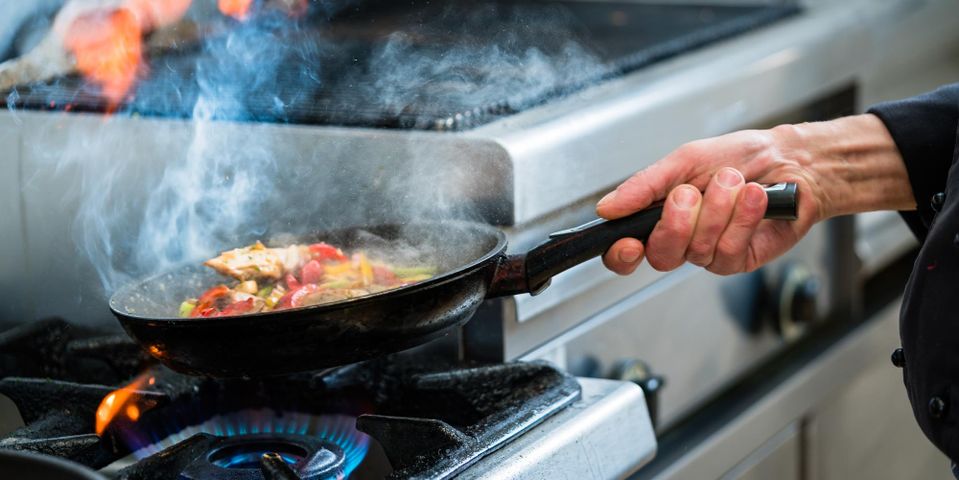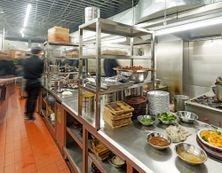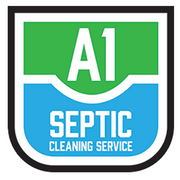3 Indications Your Restaurant Needs Grease Trap Pumping

Due to all the cooking and food preparation they do, restaurant kitchens tend to produce a large amount of grease. However, when these oils enter the plumbing in large quantities, they can create problematic clogs and hamstring your septic tank. The sooner you realize you have a buildup of grease, the faster you can schedule grease trap pumping to reset the system. Here’s how to tell when it’s time.
Do You Need Grease Trap Pumping?
1. Stifled Drains
When kitchen workers start reporting that the water is taking a long time to drain from the sink, a stuffed grease trap is usually to blame. When the trap is overly full of grease and oil, it creates a wall-like barrier that water can’t pass through. To alleviate frustration and get the kitchen running at its normal pace again, schedule grease trap pumping.
2. Unpleasant Odor
 If part of the kitchen is starting to smell and it isn’t because of garbage, the culprit may be an overloaded grease trap. As oils and fats linger for a lengthy period, they begin to break down and start rotting, triggering a strong odor. A full grease trap pumping will not only clear the blockage, but it will also help remove the smell.
If part of the kitchen is starting to smell and it isn’t because of garbage, the culprit may be an overloaded grease trap. As oils and fats linger for a lengthy period, they begin to break down and start rotting, triggering a strong odor. A full grease trap pumping will not only clear the blockage, but it will also help remove the smell.
3. Visual Buildup
As part of good kitchen management practices, perform a monthly—or weekly, depending on the level of operation—spot inspection of the grease trap. According to EPA regulations, the trap should never be more than a quarter full. Keep this in mind when scheduling regular inspections.
If you suspect a need for grease trap pumping, reach out to a notable specialist like A1 Septic Cleaning Service in Kerrville, TX. These commercial grease trap pumping professionals will completely clear out any oils and detritus from your trap and pipes. You can also count on them for septic pumping. To arrange an appointment, just call (830) 257-7867. Learn more about the company by visiting their website.
About the Business
Have a question? Ask the experts!
Send your question

